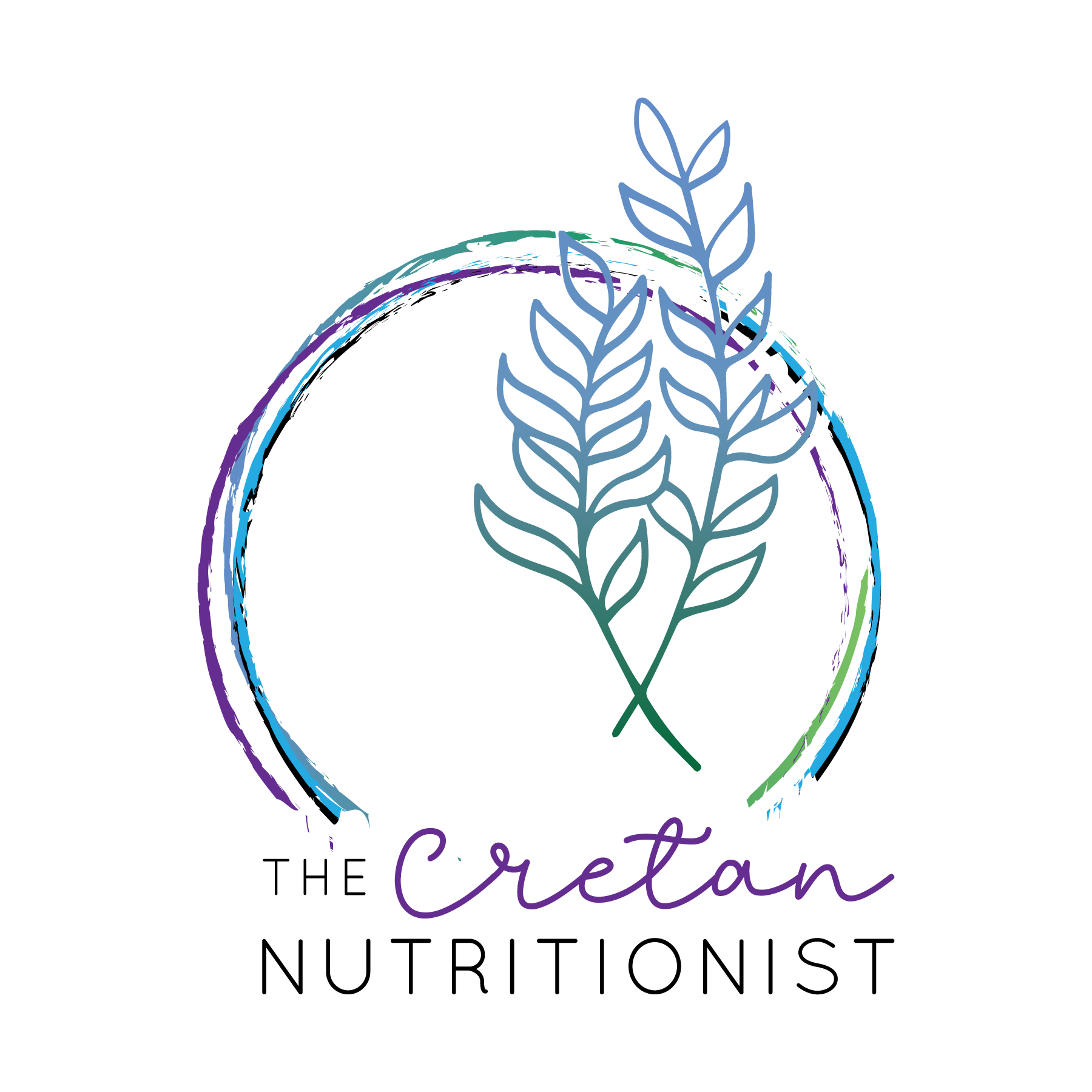What's with all the Diets?
November 16, 2022
Written By: Eva Papadogiorgaki
There are so many different types of diets out there right now. What do they mean and should I be following any of them?
There is no straight answer to whether or not you should be following a certain diet. That is something only you can determine with discipline and by listening to your body – or with the help of a nutritionist. We are all biochemically distinct and have varying needs at different stages of our life and for different reasons.
In simple terms, that means our bodies house trillions of microbes (microorganisms) which have their own little ecosystem (actually it’s enormous!) and we are basically feeding it in a healthy way or an unhealthy way. Everybody’s microbiome varies and coupled with the fact that we’re each genetically diverse, we burn “fuel” at different speeds, and we’re affected differently by certain foods – it means we each have varying and unique nutritional needs.
So, let’s understand what these diets mean. Here are some common ones you might be seeing a lot of lately:
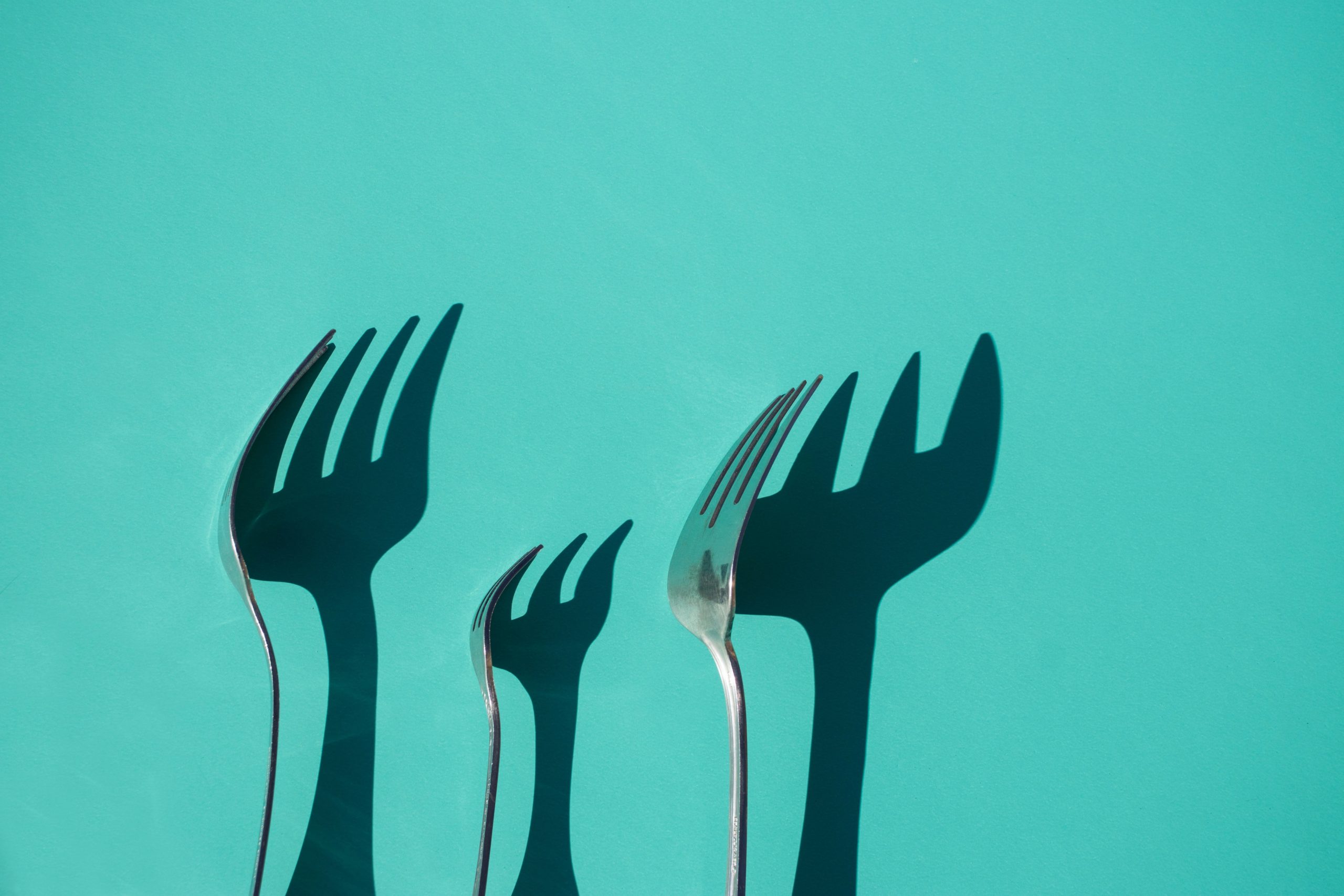
Gluten Free
Those with Celiac disease (an autoimmune disorder which damages the lining of the small intestine and prevents nutrient absorption) are intolerant to gluten and must follow a strict gluten-free diet. However, avoiding gluten has become quite popular recently for many possible reasons:
Wheat and products that contain wheat are mass-produced and incredibly over-consumed. Gluten (which is naturally in wheat, barley, rye) is commonly found in processed foods. As a nation, we are addicted to an unhealthy, fast diet, high in calories, but low in nutrients, hence my favourite term “Overweight and Undernourished”. Eating this way for the majority of our meals will inevitably make us ill and intolerant to a variety of foods. So it’s possible we are not necessarily “allergic” to gluten, but instead the unhealthy diet as a whole has made us unwell and sensitive to various factors.
“Too much of a good thing…can be a bad thing” and this saying goes for nearly every food that is not consumed within a balanced diet. Anything that we chronically overeat can become our enemy by developing sensitivity in our gut which can manifest as allergies, autoimmune disorders, inflammation, headaches and skin conditions.
It is another fad diet. Of course! They come and go year after year, some making a lasting impression and others not even entering our radar. Don’t get me wrong, there are benefits to a gluten-free diet if you have a sensitivity but choose wisely and fully understand the reason behind your dietary choices.
Great marketing around many upcoming trendy gluten-free food brands.
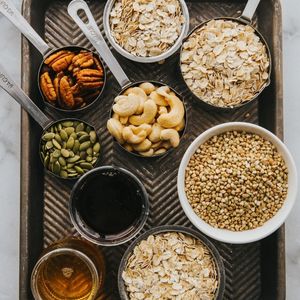
It’s important to note, it is very difficult to be 100% gluten-free, unless you prepare all your own meals and use virtually no packaged foods. Gluten can hide in many unknown places – including candy, gum, processed meat and fish, chips, rice, French fries, alcohol and even cross contamination from cookware and utensils in your own home and especially in restaurants. Those with a true sensitivity or Celiac disease can be affected by the smallest amounts.
However – if you are not sensitive to gluten or have reason to remove it from your diet, it might not be the best choice for you. By eliminating it without eating a balanced diet you may be depriving yourself of beneficial fiber and nutrients that wheat provides. For example, I am not celiac but I have a mild gluten sensitivity. In addition, I have a chronically underactive thyroid and removing gluten from the diet has been shown to benefit those with thyroid issues. For that reason (and because I feel overall better by avoiding gluten) I choose to follow a gluten-free diet.
If you are celiac or gluten intolerant, here are some brilliant naturally gluten free grains that are not only nutritious and tasty, but can be used in many baked goods which can help replace typical gluten-packed foods such as bread, muffins, pasta and many cereals:
Oats – packed with fiber they can help with heart health and lower blood sugar. Although oats are naturally gluten-free, they are usually processed in the same facilities as wheat, so be sure to look for certified gluten-free oats.
Quinoa – technically a seed but it is generally classified under grains. Quinoa is high in antioxidants and is considered a complete protein so it’s an excellent protein source for vegetarians and vegans. It’s also diverse and can be used as a flour, cooked as is (tiny grain-like balls) or even puffed and enjoyed as a crunchy cereal.
Brown rice – versatile and internationally consumed, brown rice has more nutrients than white rice, which is stripped of it’s bran and germ. Brown rice is rich in protein, fiber, magnesium and selenium and has virtually no fat..
Amaranth – has decent amounts of protein, calcium, iron, potassium and magnesium as well as anti-inflammatory properties. Click here to read more about an Amaranth study.
Buckwheat– while the name may be misleading, buckwheat in fact has no relation to wheat. Another high protein grain, it will also help with digestion due to the high fiber, and it can help with heart health and weight management. It’s quite diverse and easy to cook with but it has a distinct taste. Some popular buckwheat dishes are soba noodles, buckwheat pancakes, porridge, blini and cooked buckwheat groats. It’s also added to many soups.
Vegan
Veganism has grown immensely in the past decade. Most vegans follow this rigid diet and lifestyle for either moral, ethical or nutritional reasons. Strict veganism is not only a way to eat, but also a way of life. Those who are vegan for moral or ethical reasons will likely abstain from buying products that have harmed animals in any way, such as clothes, furniture or cosmetics.
Raw veganism is another form of this plant-based diet where food is never heated above 100 °F / 40 °C. This diet is super-charged with antioxidants and can be amazing in a tropical climate that offers a wide variety of local produce. A great way to cleanse and detoxify your organs, it can also be quite refreshing and give you a boost of energy. On the other hand, if it’s not carefully managed, it can be an inadequate source of protein and certain nutrients which are difficult to get enough of on a raw vegan diet, such as Calcium, and vitamins D and B12. It can also be challenging to eat enough food, considering you have to consume very large amounts in order to get adequate calories, so it may not be the best choice for growing children or athletes. It’s also a very cooling diet so it’s not ideal in cold climates like Canada. Done on a temporary basis, this diet can greatly help with weight loss and deep cleansing your system, as well as improving digestion since it’s fiber packed. Be cautious of your needs when following a raw vegan diet, and above all: Listen to your Body.
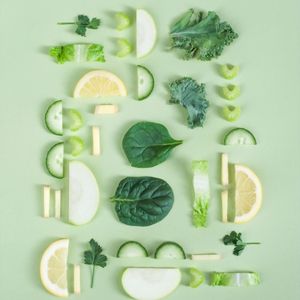
Vegetarian
Humans have been vegetarian either by choice or by need, since the dawn of time. The first recorded vegetarians were Hindus, Buddhists and ancient Greeks but this ideology really took off and became mainstream in the 1960’s as a way of life not so much for the nutritional value, but for environmental and ethical reasons. Consuming a vegetarian diet is much less harmful on the planet than a meat diet. Animal rights activists and organizations have grown immensely and can no longer be ignored, causing many meat producers to change their treatment of animals and their farming practices.
A vegetarian diet eliminates all meat and fish products – basically anything that you would need to kill in order to consume – but still includes dairy, eggs and honey with the premise that you do not need to kill in order to consume those.
For someone interested in the health benefits, or someone considering a vegan diet, the vegetarian diet is an excellent start and a fairly easy adjustment, especially considering all the plant-based meat and dairy alternatives offered now!
Paleo or Paleolithic diet
You may have recently heard of trendy Paleo diet and if you’re familiar with the Atkins diet from the early 2000’s, or the Ketogenic (Keto) diet which surged in recent years for weight loss; the Paleo diet has similar ideals. The concept is based on our ancestors’ diet, hence the name “paleolithic”. During this period, humans were hunter-gatherers and did not have access to machines or tools to process food, so they ate high amounts of meat, fish, vegetables, eggs and some nuts and fruit. On the other hand, they would not have eaten grains, sugar or dairy and certainly no ketchup!
This diet is high in calories and fat, but low in carbohydrates and sugar. Clearly, the elimination of processed and packaged food and additives is a healthy change and depending on your goals can be very advantageous.
However, the human digestive system resembles that of a herbivore, not a carnivore, therefore eating a Paleo (or any high fat – high protein – low carb) diet for a prolonged period of time can put a strain on your digestive system, your liver and deplete enzymes – especially if you don’t load up on vegetables.
Follow this diet carefully and do your research or consult a nutritionist!
Flexitarian
Something like the best of both the plant and animal world. Coined from the words “flexible” and “vegetarian” it’s – as you guessed it – the combination of both diets. Although it focuses on plant-based meals, it allows all food types on occasion, so there is no need to completely eliminate that beloved cheeseburger!
A flexitarian diet is undoubtedly better for the environment than a meat-consuming diet but because it’s not forbidding, you won’t feel like you are confining or denying yourself certain foods on occasion. The important thing to remember is to keep the emphasis on a wholesome plant focused diet.
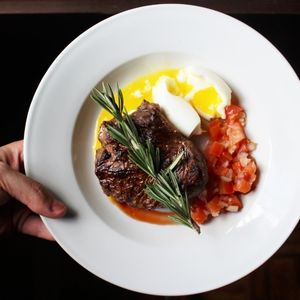
In Conclusion
Whichever diet you choose or choose not to follow, know this. Diets come and go but their popularity is often based on the marketing, and the faces behind them. The saying “we are all different” could not be truer for nutrition and food choices. Although there is a standard guide of eating healthy (cooking your own meals, fresh produce, portion control), there is no one-type-fits-all when it comes to diets. It’s important to consider the reasons you want to follow a diet and what your goals are. Most of all, you must consider what your body needs, how your body reacts and how you feel. No amount of dieting or trying every new product available will solve your concerns if you don’t understand your body. A nutritionist can help with this!
